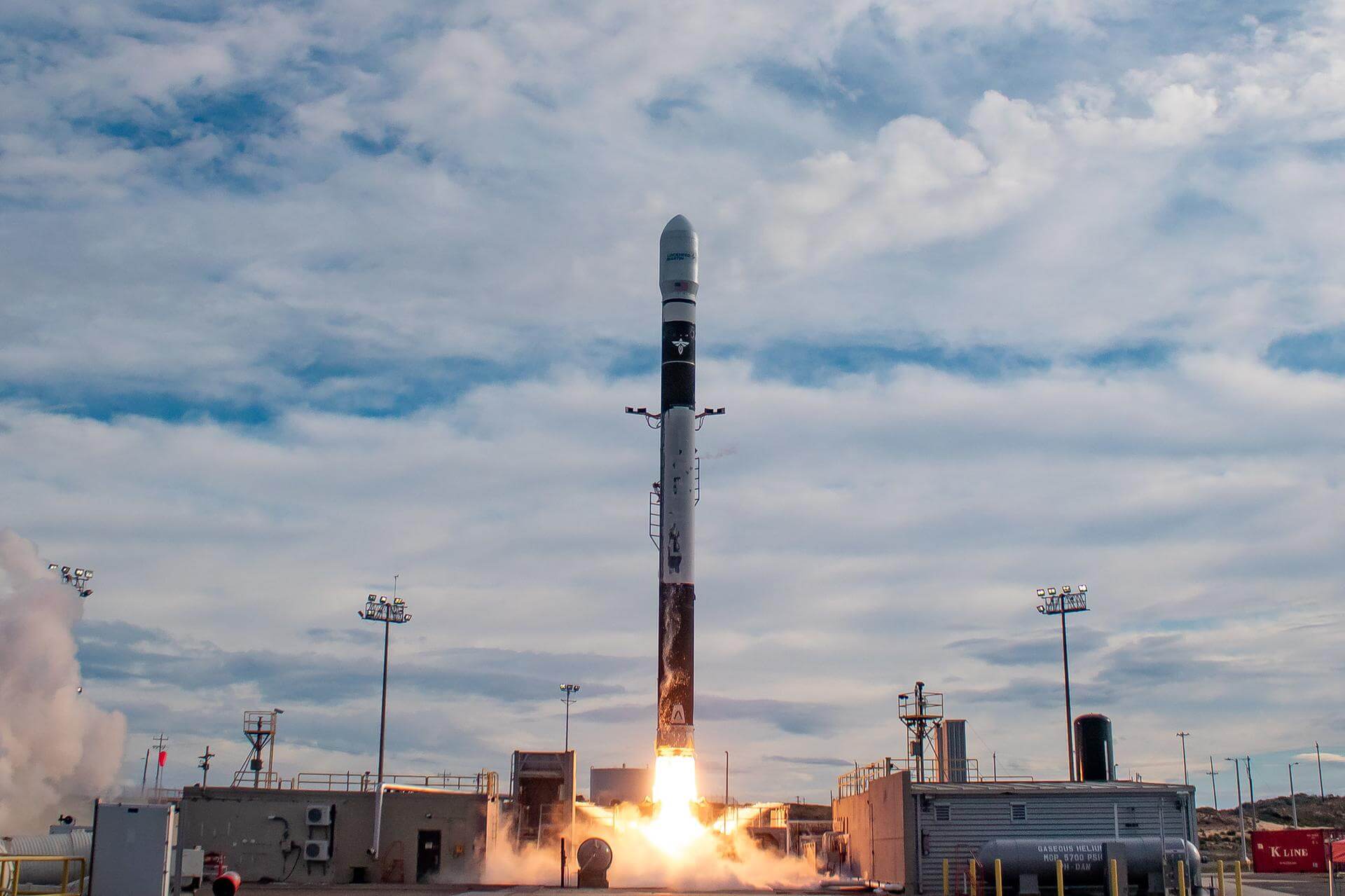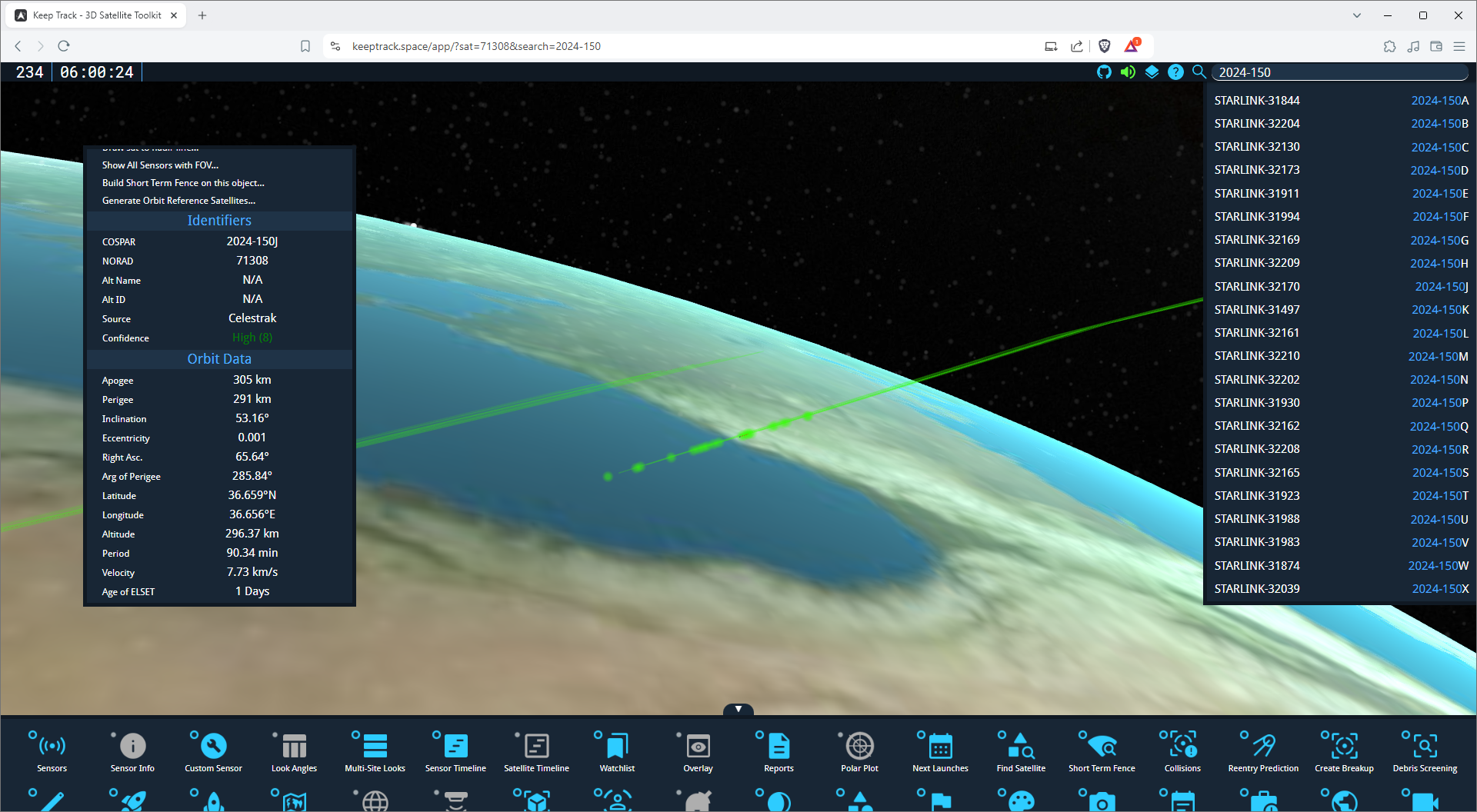· space brief · 4 min read
Space Brief 10 Dec 2024
Today's highlights include a new 5G demonstration launch on Firefly, potential supply chain interruptions in the defense sector, and updates on Artemis and ULA launches.

📄Top Stories
This week, Lockheed Martin prepares to launch a 5G demonstration on a Firefly rocket, signaling a step forward in cutting-edge space communications. Meanwhile, the Space Development Agency faces hurdles as discussions highlight the importance of U.S.-based software for critical space infrastructure. NASA’s Artemis mission sees further delays, while SpaceX continues to surpass launch expectations, underscoring the competitive landscape of space exploration.
📰Detailed Coverage
Lockheed Martin’s 5G Leap with Firefly
Lockheed Martin is set to launch its TacSat mission to demonstrate 5G technology’s potential from orbit. This mission, using a Firefly rocket, represents the second endeavor under Lockheed’s partnership with Firefly Aerospace. The success of this launch could pave the way for more advanced and reliable communications, significantly enhancing the capabilities of space-based technology.
This initiative is crucial as industries look to integrate more real-time data retrieval capabilities from space. The potential applications for both civilian and defense operations could redefine operational landscapes, making satellite tracking an essential service to leverage.
Read the full story: SpaceNews
Navigating Defense Industry Supply Challenges
The defense industry is facing significant supply chain issues, as highlighted by Space Development Agency’s Derek Tournear. The emphasis is on securing U.S.-sourced software for satellite operations, which is becoming increasingly vital as international dependencies present potential security threats.
These challenges underline the necessity for robust satellite infrastructure, resonating strongly with satellite tracking services’ role in ensuring operational security and continuity.
Read the full story: SpaceNews
Artemis Delays Amidst SpaceX’s Momentum
NASA has announced yet another delay for the Artemis 2 mission, now postponed to 2026. This contrasts sharply with SpaceX, which continues to break records with its orbital launches. The juxtaposition highlights differing approaches and pace in the space race, as commercial activities outpace government-funded projects.
Such developments highlight the competitive environment in space exploration and the strategic importance of timely satellite launches and orbital management.
Read the full story: Space Explored
ULA’s Imminent Certification for Security Launches
United Launch Alliance (ULA) is on the brink of securing certification for its Vulcan Centaur rocket, with expectations to support the National Security Space Launch program soon. This certification is pivotal for ULA to maintain its position as a key provider of launch services for national security payloads.
This step would solidify ULA’s role in ensuring secure and reliable access to space, showcasing the criticality of steadfast launch partners in navigating national security objectives.
Read the full story: Breaking Defense
🛰️Satellite Spotlight
- Satellite Name: RUBIN 8/PSLV
- NORAD ID: 32792
- Launch Date: 2008-021K
- Mission: RUBIN 8/PSLV is part of ISRO’s diverse portfolio, emphasizing collaboration between satellite technology and international applications, largely using the PSLV launch vehicle.
- Orbit: Inclination: 98.1061°, Period: 97.03 minutes, Eccentricity: 0.0025
- Operator: ISRO
- Fun Fact: This satellite utilizes the PSLV-C10’s upper stage as a platform, demonstrating a unique reuse of launch vehicle segments.
Current TLE Data:
1 32792U 08021K 24338.81977411 .00003730 00000-0 45090-3 0 99996
2 32792 98.1061 317.8597 0025494 0.5157 359.6078 14.84123130895919Track this satellite in real-time on our web app: Track RUBIN 8/PSLV
🚀Upcoming Space Launches
December 12
-
Galactic Energy Ceres-1:
- Unknown Payload from Jiuquan Satellite Launch Center, People’s Republic of China (07:08 UTC)
-
SpaceX Falcon 9 Block 5:
- Starlink Group 11-2 from Vandenberg SFB, CA, USA (19:33 UTC) A batch of satellites for the Starlink mega-constellation - SpaceX’s project for space-based Internet communication system.
December 13
-
SpaceX Falcon 9 Block 5:
- O3b mPower 7 & 8 from Kennedy Space Center, FL, USA (20:55 UTC) Seventh and eighth of a constellation of high-throughput communications satellites in Medium Earth Orbit (MEO) built by Boeing and operated by SES.
-
SpaceX Falcon 9 Block 5:
- GPS III SV10 from Cape Canaveral SFS, FL, USA (23:30 UTC) GPS-IIIA is the first evolution stage of the third generation of the GPS satellites, consisting of the first ten of GPS III satellites.
December 14
-
Space One KAIROS:
- Flight 2 from Spaceport Kii, Japan (02:00 UTC) Second flight of the KAIROS launch vehicle. Includes 5 satellites for testing various technologies.
-
China Aerospace Science and Technology Corporation Long March 2D:
- Unknown Payload from Taiyuan Satellite Launch Center, People’s Republic of China (17:52 UTC)
December 15
- China Aerospace Science and Technology Corporation Long March 5B/YZ-2:
- SatNet LEO Group 01 from Wenchang Space Launch Site, People’s Republic of China (00:00 UTC) A batch of Low Earth Orbit communication satellites for the Chinese state-owned SatNet constellation.
December 16
- SpaceX Falcon 9 Block 5:
- NROL-149 from Vandenberg SFB, CA, USA (09:33 UTC) Sixth batch of satellites for a reconnaissance satellite constellation for the National Reconnaissance Office.
December 17
-
SpaceX Falcon 9 Block 5:
- 4x Astranis MicroGEO from Cape Canaveral SFS, FL, USA (03:37 UTC) Four Astranis MicroGEO communications satellite inserted in a custom geostationary orbit.
-
Rocket Lab Electron:
- Owl The Way Up (StriX Launch 6) from Rocket Lab Launch Complex 1, Mahia Peninsula, New Zealand (14:00 UTC) Synthetic aperture radar satellites for Japanese Earth imaging company Synspective.
Note: Launch dates and times are subject to change due to technical or weather considerations.

Maurice Stellarski




